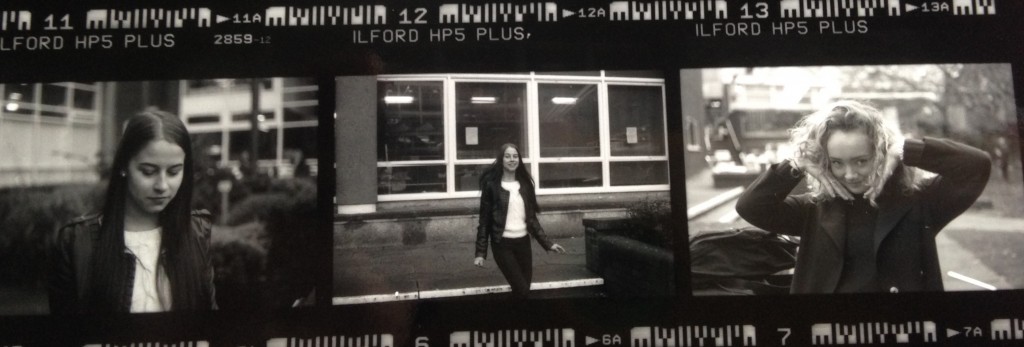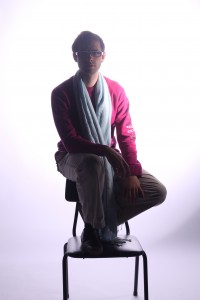Thursday 6th of November
Todays lecture, lead by Matt Smith consisted of the introduction to this idea of craft in opposition, followed by case studies of craft in industry and then finally how artists explore craft and mass production. I found this lecture particularly interesting because it made you think about/ question what craft really is. Can something machine made be considered craft? Is craft fine art? Can you give one definitive answer to the definition of what is craft?
To cut a long story short, the answer to whether there is one definitive answer is no, there isn’t. The definition (in Matt Smith’s opinion) is summed up best by David McFadden who states that;
“No single definition of the word [craft] satisfies the range of activities- mental and manual- that craft comprises..Craft is a flexible term, shifting in its common usage from verb that describes conscious action to, modify or transform a material to a noun that describes a class of objects.”
(David McFadden, Curator of the American Craft Museum, M. Anna Fariello, and Paula Owen (eds) Objects and Meaning, New Perspectives on Art and Craft, The Scarecrow Press, 2005, p24)
Matt then went on to refer to William Morris who proposed that we should be asking, who made it? He covered the romantic nationalism and also looked at the Names Quilt; a response to the aids crisis.
Furthermore a case study that we looked at that really grabbed my attention was one on Linnet Hanan and how she contributes to Quivenchy through her knitting and croquets, so much, yet gets no recognition. This really got me thinking about this idea of being given credit for your work and the possible rules that could be in place, and maybe should be in place to make sure that those individuals that contribute to a piece of work (whether it be a clothing design, 3D model design or drawing etc) get recognised for that work.
Finally we looked at some artists that explore craft and mass production. Individuals such as Edmund de wall, Geoffrey Mann and Grayson Perry were a few, among the list.
Overall I feel this lecture was extremely beneficial even if only to remind me that it is important to question and look further into what it is you initially see.























